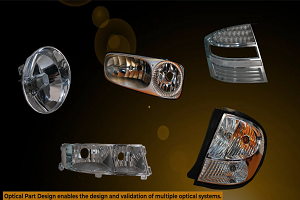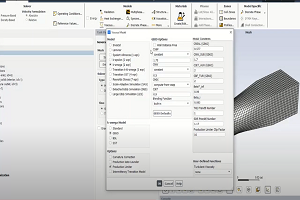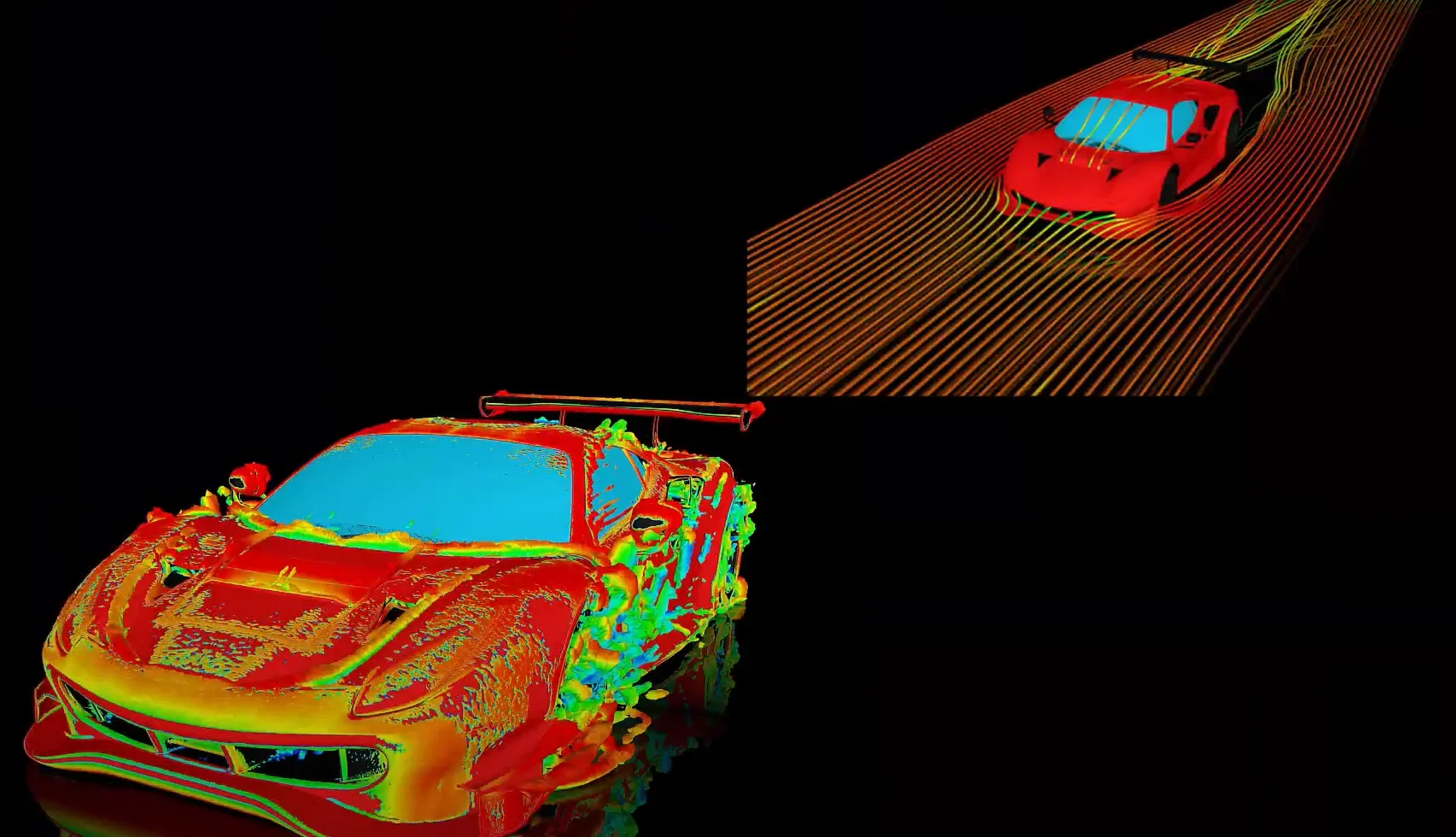I am trying to restart a transient CFX simulation from a previous results file. Before starting the simulation, I check the box “continue History from -> Initial Values” (or set the corresponding command line argument -continue-from-file), and as the initial value I select the last result file “oldResults.res”. The problem I have encountered is that the solver starts from the beginning (t_start=0 [s]) instead of really resuming the time (t_start = t_EndOfPreviousRun). However, it is correctly showing the history of the simulation. What could be the reason for this behavior?

- Initial Values” (or set the corresponding command line argument -continue-from-file), and as the initial value I select the last result file “oldResults.res”. The problem I have encountered is that the solver starts from the beginning (t_start=0 [s]) instead of really resuming the time (t_start = t_EndOfPreviousRun). However, it is correctly showing the history of the simulation. What could be the reason for this behavior?" target="_blank" rel="nofollow" title="LinkedIn">
- Initial Values” (or set the corresponding command line argument -continue-from-file), and as the initial value I select the last result file “oldResults.res”. The problem I have encountered is that the solver starts from the beginning (t_start=0 [s]) instead of really resuming the time (t_start = t_EndOfPreviousRun). However, it is correctly showing the history of the simulation. What could be the reason for this behavior?" target="_blank" rel="nofollow" title="whatsapp">
- Initial Values” (or set the corresponding command line argument -continue-from-file), and as the initial value I select the last result file “oldResults.res”. The problem I have encountered is that the solver starts from the beginning (t_start=0 [s]) instead of really resuming the time (t_start = t_EndOfPreviousRun). However, it is correctly showing the history of the simulation. What could be the reason for this behavior?" target="_blank" rel="nofollow" title="reddit">
- Initial Values” (or set the corresponding command line argument -continue-from-file), and as the initial value I select the last result file “oldResults.res”. The problem I have encountered is that the solver starts from the beginning (t_start=0 [s]) instead of really resuming the time (t_start = t_EndOfPreviousRun). However, it is correctly showing the history of the simulation. What could be the reason for this behavior?" target="_blank" rel="nofollow" title="facebook">
Tagged: 17.2, cfx, CFX restart, continue History, fluid-dynamics, General - CFX, INITIAL TIME, transient run
-
-
June 5, 2023 at 7:05 am
 FAQParticipant
FAQParticipantProbably you selected the option “Value = 0 [s]” for the initial time. Please check the CCL in the .out-File of your restarted run for the Keyword “INITIAL TIME, see the following sample CCL snippet: FLOW: Flow Analysis 1 &replace ANALYSIS TYPE: Option = Transient EXTERNAL SOLVER COUPLING: Option = None END INITIAL TIME: Option = Value Time = 0 [s] END TIME DURATION: Option = Total Time Total Time = 10 [s] END TIME STEPS: Option = Timesteps Timesteps = 1 [s] END END END The default option for “INITIAL TIME” would be “Automatic with Value”, “Time = 0 [s]”, which sets the initial time to zero if the run is not a restarted one, and to the final time of the previous run if the run is restarted. The option “Value” sets the initial time to zero even if it is a restarted run. Therefore, for a proper restart where the time is resumed from the previous simulation (t_start = t_EndOfPreviousRun), you must change the option for “INITIAL TIME” to “Automatic with Value”.
-


Introducing Ansys Electronics Desktop on Ansys Cloud
The Watch & Learn video article provides an overview of cloud computing from Electronics Desktop and details the product licenses and subscriptions to ANSYS Cloud Service that are...

How to Create a Reflector for a Center High-Mounted Stop Lamp (CHMSL)
This video article demonstrates how to create a reflector for a center high-mounted stop lamp. Optical Part design in Ansys SPEOS enables the design and validation of multiple...

Introducing the GEKO Turbulence Model in Ansys Fluent
The GEKO (GEneralized K-Omega) turbulence model offers a flexible, robust, general-purpose approach to RANS turbulence modeling. Introducing 2 videos: Part 1 provides background information on the model and a...

Postprocessing on Ansys EnSight
This video demonstrates exporting data from Fluent in EnSight Case Gold format, and it reviews the basic postprocessing capabilities of EnSight.

- How to overcome the model information incompatible with incoming mesh error?
- Is there a way to get the volume of a register using expression ?
- Skewness in ANSYS Meshing
- What are the requirements for an axisymmetric analysis?
- What are pressure-based solver vs. density-based solver in FLUENT?
- How to create and execute a FLUENT journal file?
- How to get information about mesh cell count and cell types in Fluent?
- What is a .wbpz file and how can I use it?
- How can I Export and import boxes / Systems from one Workbench Project to another?
- ANSYS Fluent: Introduction to the GEKO Turbulence Model Part I

© 2025 Copyright ANSYS, Inc. All rights reserved.
